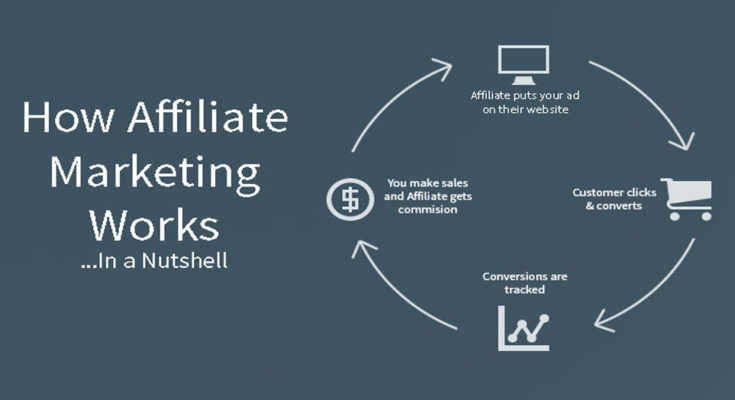As an affiliate marketer, you will be exposed to a lot of technology. Some of it’s basic, some complex, but all of it’s very cool and designed to make sure you get paid for the traffic you generate. This article will take a look at some of affiliate marketing technology that’s around.
The first and biggest is hoplinks. A hoplink is a special link given to you that when clicks, redirects to the merchant’s website. They are then able to track then who sent that referral, via cookies, and server scripts. The first thing when someone clicks on a link is it redirects via the hipline. The affiliate marketing technology then checks to see if the user has ‘cookies’ enabled in their browser. If they do, they redirect to the main site, so the customer only sees ” in their address bar (where you enter websites). When a person clicks ‘Buy’, the website checks to see what the cookie says, and if there is an affiliate ID in there, it grabs it, and processes it.
But what if the user doesn’t have cookies enabled? Well, the affiliate marketing technology is smart, and it will keep the address of the website at ”, or whatever. This is less pretty to the user, but at least you’ll get your commission. When the person clicks ‘buy’, it simply processes the affiliate ID, and you get your cheque. Brilliant.
If the merchant has a mailing list (Enter your name and email sort of stuff) then that simply tells the website which affiliate led to the person signing up, in plan speak, it ‘attaches’ the affiliate ID to the email signup. This means for any links sent out, they can put in YOUR affiliate link.
Affiliate marketing technology is smart, no? Well, it’s basic compared to what people can do with computers these days, but I think it’s pretty smart, and very cool. Handy too, knowing that you’ll certainly get the commission, too. That’s always nice.
Have you ever signed up to an emailing list, only to be thanked by name on the next page? That’s a very fancy type of affiliate marketing technology, and it’s called CGI variables. It involves the name and email processor ‘sending’ the name or email to the next page. The thank you page is then able to use a little bit of javascript to put in your name. This isn’t really specific to affiliate marketing technology, but it’s a great way to personalize thank you pages, and pages that are sent to the customer.
Do you need to know how this all works? Not really, unless you are a web developer looking to implement this sort of affiliate marketing technology into your own website, or your client’s. If you’re just an affiliate marketer looking to understand a little more about how affiliate marketing technology works, then I hope that this article makes everything a little easier to understand for you. Good luck with everything that you attempt.



